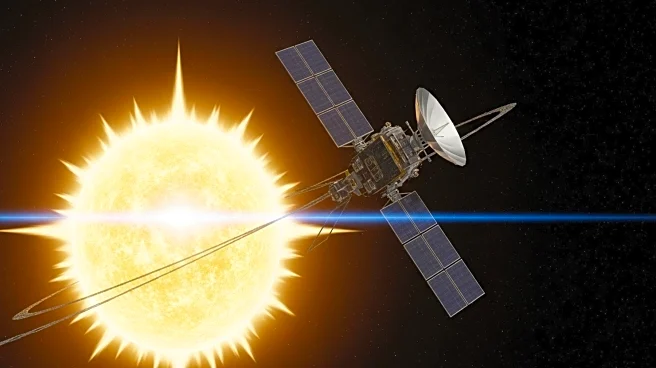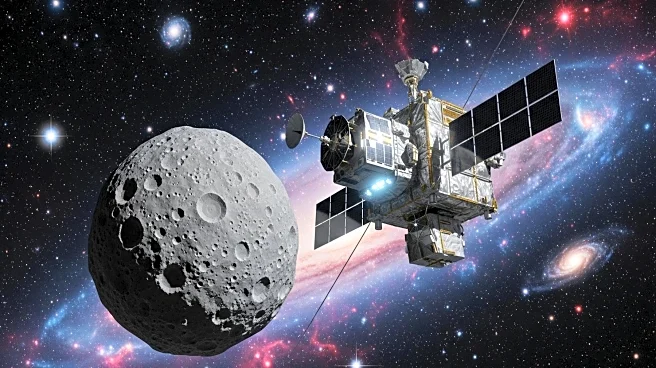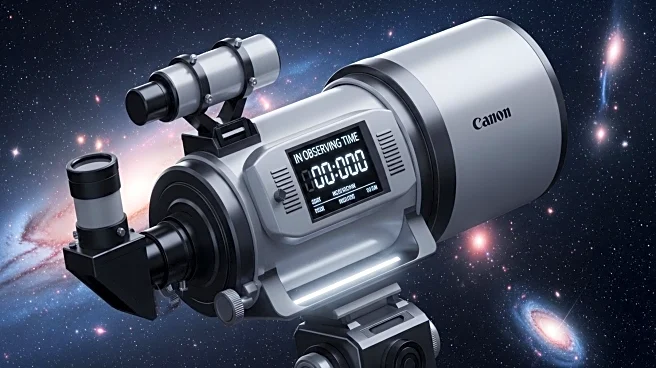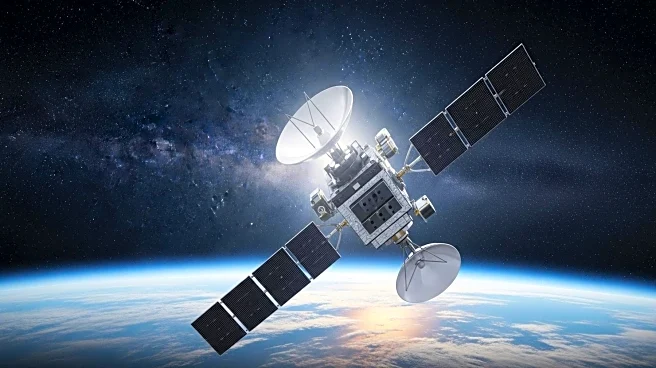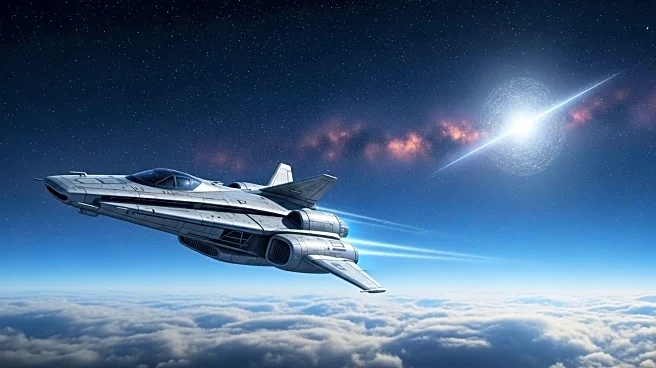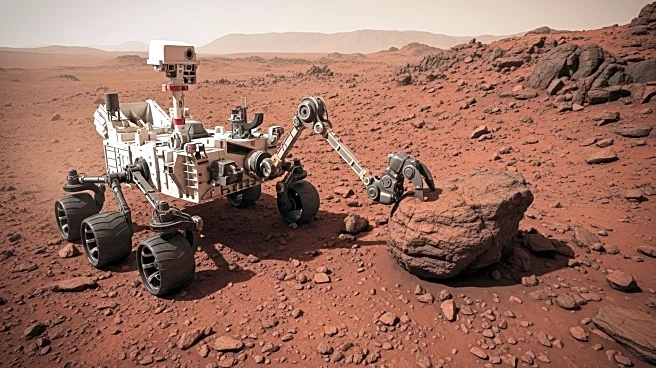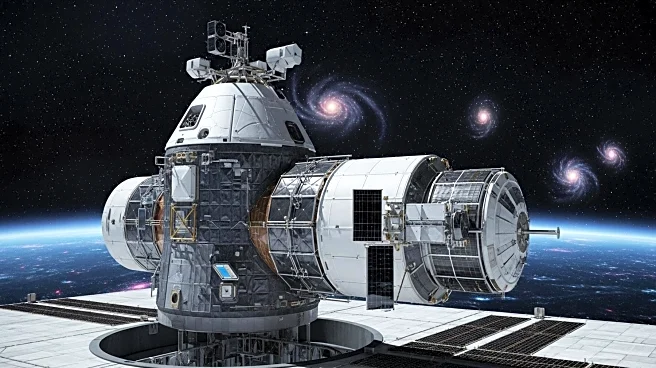What's Happening?
The Ulysses solar probe, a collaborative mission between NASA and the European Space Agency (ESA), marked a significant achievement on September 13, 1994, by making its closest approach to the Sun's south pole. Launched on October 6, 1990, aboard the Space Shuttle Discovery, Ulysses was designed to study the solar wind, map the heliosphere, and conduct detailed observations of the Sun's poles. The probe was equipped with a variety of instruments, including a magnetometer and ion composition gauge, to measure solar and cosmic phenomena such as magnetic fields, plasma, particles, and radiation. Over its 18-year mission, Ulysses completed nearly three orbits around the Sun, providing the first three-dimensional map of the heliosphere and offering new insights into solar wind dynamics and the Sun's polar characteristics.
Why It's Important?
The Ulysses mission represents a landmark in solar exploration, significantly enhancing our understanding of the Sun's influence on the solar system. By mapping the heliosphere and studying the solar wind, Ulysses has provided critical data that helps scientists understand the Sun's magnetic field and its impact on space weather. This information is vital for predicting solar storms that can affect satellite operations, power grids, and communication systems on Earth. The mission's success underscores the importance of international collaboration in space exploration, as it combined the expertise and resources of NASA and ESA to achieve groundbreaking scientific discoveries.
What's Next?
While the Ulysses mission concluded on June 30, 2009, its legacy continues to influence current and future solar research. The data collected by Ulysses serves as a foundation for ongoing studies of the Sun and its effects on the solar system. Future missions may build upon Ulysses' findings to further explore the Sun's poles and improve our ability to forecast space weather events. Additionally, the collaboration between NASA and ESA on Ulysses sets a precedent for future joint missions aimed at unraveling the mysteries of our solar system.
Beyond the Headlines
The Ulysses mission highlights the ethical and scientific importance of international cooperation in space exploration. By pooling resources and knowledge, NASA and ESA were able to achieve objectives that might have been unattainable individually. This collaboration not only advanced scientific understanding but also fostered a spirit of unity and shared purpose in the pursuit of knowledge. The mission's success may encourage similar partnerships in the future, promoting peaceful and productive exploration of space.
